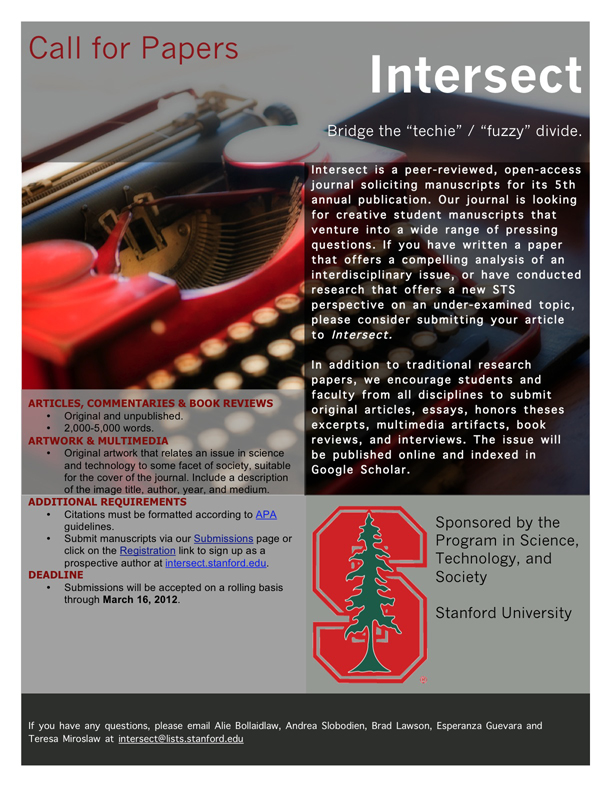Siblings in Cyberspace: Carey's Ritual Model of Communication in the Digital Age
Abstract
This essay examines James W. Carey's ritual model of communication, as described in his book Communication as Culture in 1989, long before the phenomenon of digital media became prevalent. By applying this model to the Brotherhood 2.0 project, which began as a form of personal communication between brothers John and Hank Green, this essay argues that, accounting for slight modifications, Carey's ritual communication theory is applicable today in the world of digital media. Through their YouTube videos, the brothers have not only created a community that illustrates the ambiguity of the roles of media producer and consumer, but also shaped the way in which their audience perceives reality.
Downloads
Published
Issue
Section
License
Authors who publish with this journal agree to the following terms:- Authors retain copyright and grant the journal right of first publication with the work simultaneously licensed under a Creative Commons Attribution License that allows others to share the work with an acknowledgement of the work's authorship and initial publication in this journal.
- Authors are able to enter into separate, additional contractual arrangements for the non-exclusive distribution of the journal's published version of the work (e.g., post it to an institutional repository or publish it in a book), with an acknowledgement of its initial publication in this journal.
- Authors are permitted and encouraged to post their work online (e.g., in institutional repositories or on their website) prior to and during the submission process, as it can lead to productive exchanges, as well as earlier and greater citation of published work (See The Effect of Open Access).

